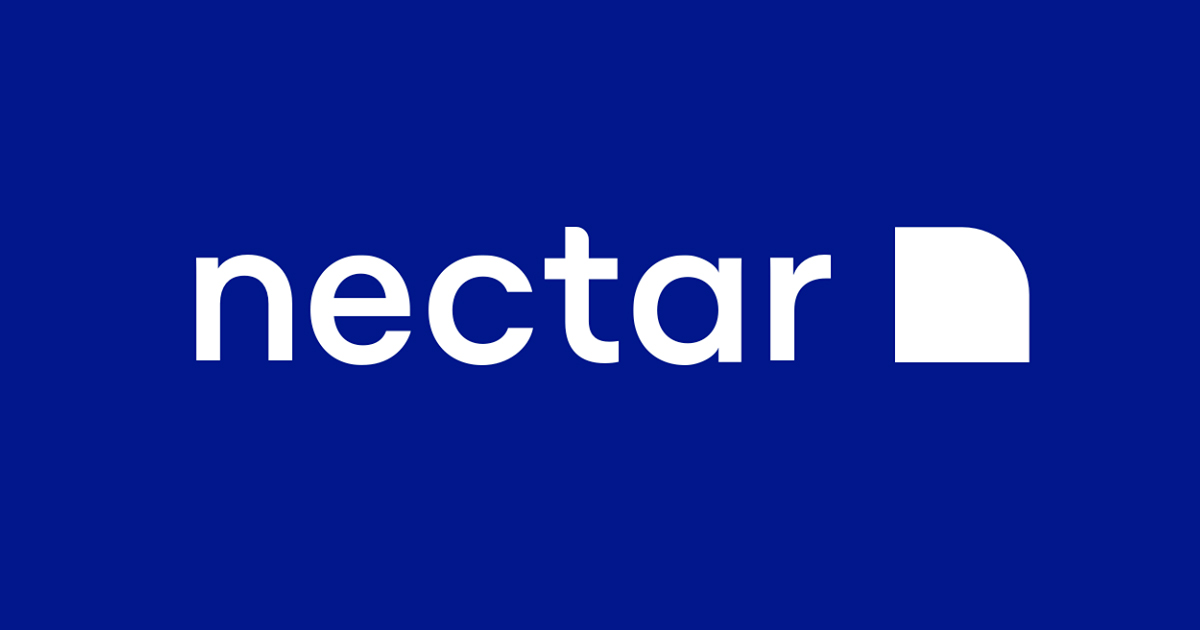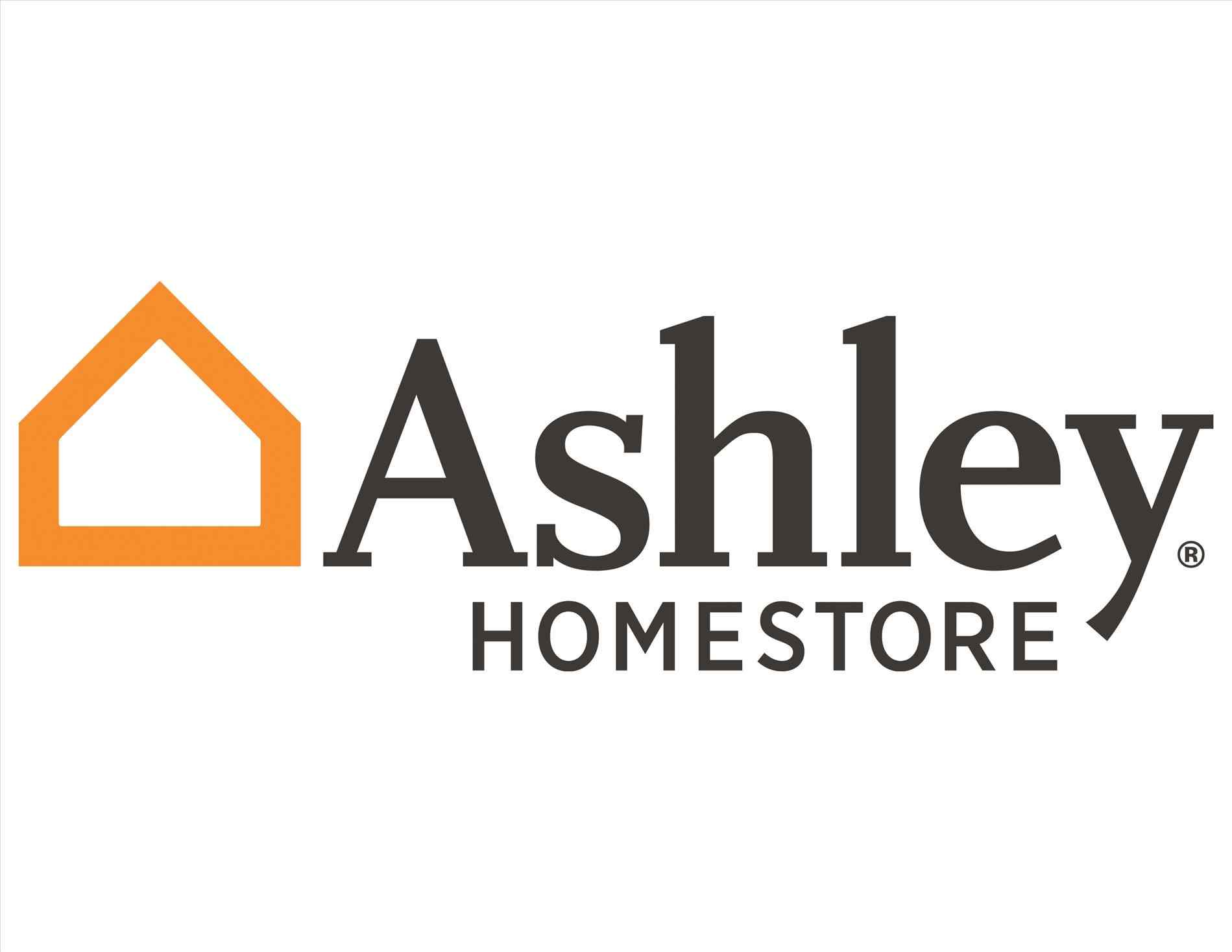
State Farm Renters Insurance
State Farm customer says he pays 40 percent more than the advertised rate for his renters insurance.
'Tis the season for home buying. But remember: Listings that appear too good to be true often are.
This house is some steal. Until it isn’t.
Maybe this listing sends the too-good-to-be-true meter through the roof but it’s an attention-grabber nonetheless — especially when it surfaces in your email and you’re looking to move to the neighborhood in which the house is located, as apparently was the case with a TINA.org reader.
“At first I thought maybe there was something wrong with the house,” the reader wrote in an email to TINA.org. “Then I thought for a little bit and I figured what ever (sic) was wrong at the sale price I could fix it.”
But what was wrong could not be fixed — at least not by our reader. Turns out, the three-bedroom, two-bath ranch in Illinois is not for sale as much as it is for rent for $1,200 a month — something our reader learned only after getting on the phone with Key Realty to inquire about the home.
“This is very lame,” our reader wrote. “It’s one thing to make a mistake … [b]ut it’s very disturbing to say it was a rental, that just made me more angry.”
Nothing suggesting rental
TINA.org looked into the issue and could not find anything on the listing that indicated the home was a rental. (Though we did find a disclaimer stating in part that “Information is supplied by seller and other third parties and has not been verified.” More on this later.)
We clicked on “View Full Details” and were brought to a screen requesting our name, email and phone number. We entered the information and an email promptly materialized in our inbox, recommending the Illinois home as a property we might be interested in — again, without clarifying that it was a rental. The email also advertised the price at $1,000, or $200 less than the actual monthly cost of renting the home.
We also found during our research that at least five other real estate sites including Trulia and Zillow advertised the property as a rental at $1,200 a month.
Why did this happen?
TINA.org brought these issues to the attention of Key Realty. John Murray, the managing broker at the firm, said that an input error on the part of the property’s listing agent was to blame for the misrepresentation on his company’s site. He said Trulia and Zillow may have gotten the information from a different multi-listing service where someone had correctly entered the details.
“We trust that the listing agent’s themselves enter accurate and reliable information and we utilize that,” Murray said. “It’s the duty of the listing agent to make sure the information is put in accurately and reliably.”
After our inquiry, Murray said he contacted the listing agent to fix the problem. The listing now shows up as a rental on the site. And as far as the email is concerned, Murray said the rent is shown as “$1k” instead of the actual amount — $1,200 — because of “space limitations,” adding that it’s “not malicious in nature.” But is it misleading in nature? Perhaps.
As the spring housing market comes into full bloom, question the veracity of listings that appear too good to be true. Also, be wary of such descriptors as “waterfront” and “riverside” — the actual location of the property may not be as close to the water as advertised.
For more of our coverage on real estate, click here.
Our Ad Alerts are not just about false and deceptive marketing issues, but may also be about ads that, although not necessarily deceptive, should be viewed with caution. Ad Alerts can also be about single issues and may not include a comprehensive list of all marketing issues relating to the brand discussed.
State Farm customer says he pays 40 percent more than the advertised rate for his renters insurance.
Avoidance tactic fails mattress company as marketing claims are referred to federal regulators.
Price-match policy comes with a laundry list of limitations.

